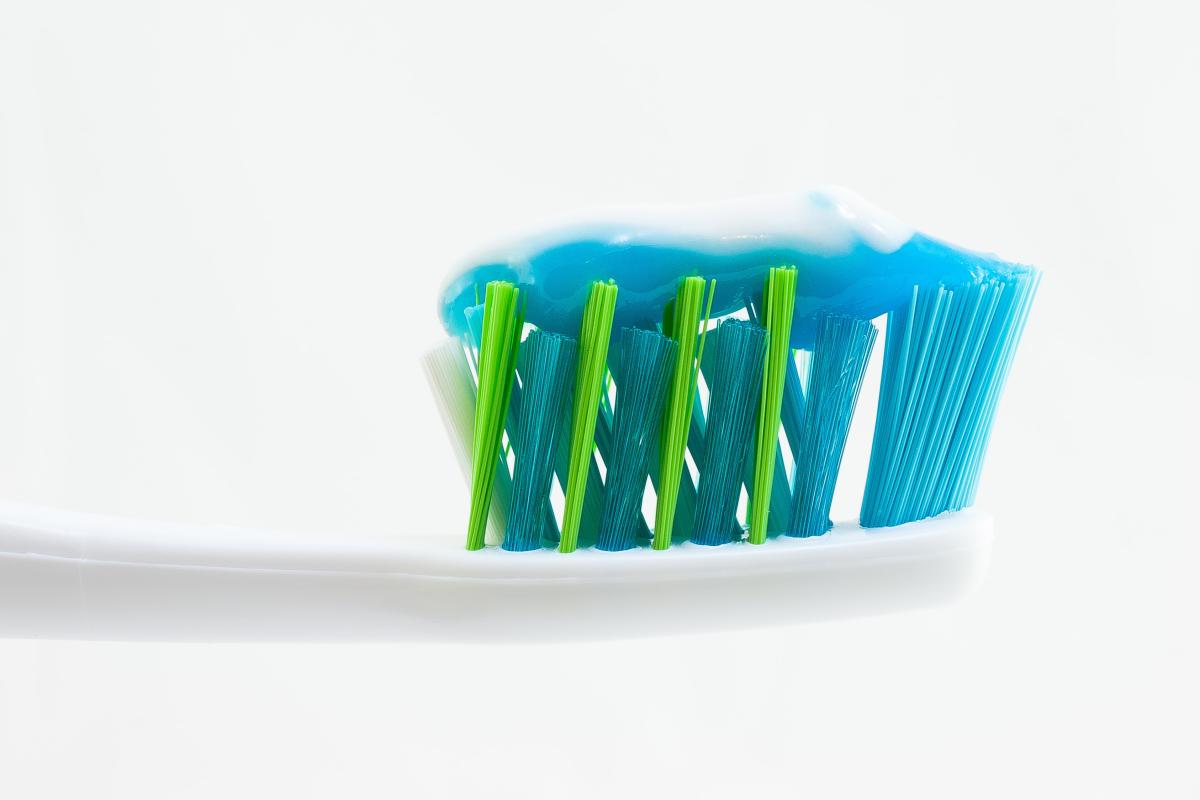Forget politics, food, and attitudes to swearing. The toothpaste aisle is, for my money, the biggest culture shock between the UK and America.
Rather than the homely ten or fifteen options you find in Boots, a small pharmacy in New York will offer you a wall of over 50 choices: Sensitive and Repair. Tartar Control Optic White. Max Fresh. Enamel Health.
And this hyperabundance is not consigned to the toothpaste aisle. Pick any category and you can see the trend. Hunter sells 43 different types of women’s wellies. Buying technology is no easier. Searching for a laptop usually involves a bewildering array of sizes, styles, and specifications. Even that most primordial of purchases – men’s underwear – can become a mind- boggling exercise with hundreds of fabrics, cuts, and colours.
Yet the evidence suggests consumers are not looking for a proliferation of products. More may actually be less when it comes to product development, with additional sub-brands often competing with one another and cannibalising success.
More choice also introduces friction into the consumer’s life. Consciously or not, most of us reduce the number of choices we make each day. This is because every choice we make (literally) uses up energy. In effect we can only make so many decisions each day. As a result, our brains like to default to “lazy” power-saving mode: the intuitive, the automatic, and the “fast” forms of thinking. This is described as “System 1” thinking in Kahneman’s Thinking Fast and Slow.
This is a natural way of thinking when confronted with a supermarket. Very little careful deliberation is happening in the toothpaste aisle. The subtle “unmet needs” that drive the innovation process are not there. The small differences between products are not noticed or seen as particularly important.
Instead, consumers take mental shortcuts. They “satisfice”: aiming to find something that satisfies but is not necessarily perfect. They make decisions based on habit, repertoire, and familiarity, not careful calculation.
New products can make a splash of course. Surprising or interesting collaborations, strong creative, humour and wit can all help a product get noticed. Kit Kat and Walkers Crisps, for example, have turned new product development into a yearly excuse to discuss, invent, and laugh about new flavours. Johnnie Walker’s collaboration with Game of Thrones to produce a “White Walker” bottling was unexpected, clever, and newsworthy in the category. Marmite have become masters at playing with their brand – recently inventing “Marmite Ale”, with Camden Town Brewery. Tech, fashion, and automotive companies increasingly mix and match their brands.
These examples focus less on researching, developing, and launching more sub-brands with subtle differences from the core brand. Instead, they simply aim to stand out from competitors with famous, memorable, and distinctive creative, usually tied back clearly to the core brand.
This makes sense if we remember that most thinking is System 1. Category buyers hold (relatively) little information about any one brand in the category; new information simply adds to the noise. Subtle ingredient changes, added layers of chocolate, or an added red stripe through the toothpaste are not only unneeded, they are often unnoticed. As Jenni Romaniuk and Byron Sharp have noted, “the cruel reality is that, when a new brand enters a category, most category buyers just continue buying the brands they always have.”
Instead, brands that successfully connect a feeling or a mood to their brand – excitement, anticipation, curiosity, joy, nostalgia – can succeed. In a world of TMI, the buying process is not about carefully weighing up differences, features, and benefits, but this opens the door to the surprising collaborations, humour and wit, or amazing thumb-stopping pieces of creative that appeal to System 1 thinking.



